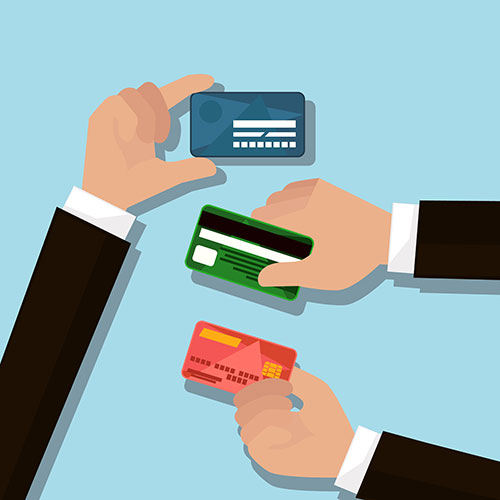Engraving is just one of the most preferred techniques for decorating glass. It's simple to perform with your Epilog laser, and the outcomes can be spectacular.
This cup made between 1750 and 1770 is covered with detailed Chinese-style motifs. The appeal of imported Chinese goods stimulated English artisans to include this decorative strategy.
1. Square
It might appear dull or simple to think of a square as anything apart from a flat form, but this geometric device is key to etching straight lines and attaining a range of layout styles. For instance, a square graver permits an artisan to accomplish stunning conical lines that are impossible to accomplish with round gravers utilized for weapon engraving or blade inscription.
This method is made use of for ornamental glass, which includes a large range of layout trends, consisting of Chinese-style concepts as presented on this goblet made in between 1750 and 1770 in England. This sort of ornamental glass was important in the 1700s because it shared not simply style however domestic and political loyalties, like this Jacobite imagery and words. It additionally determined the drinker as stylish and life, particularly as British social codes of politeness stressed consistency over uniqueness. The engraved scene on this goblet also demonstrated the ability of a knowledgeable craftsmen making use of wheel engraving.
2. Rectangular shape
Rectangular shapes are a course of quadrilaterals with axes of balance with each set of contrary sides. They likewise have a vertex-transitive symmetry.
Personalized glass coasters are a prominent type of attractive glasses that includes a design or message. They are usually utilized as gifts to honor events or special events.
Laser etching and inscription are 2 different procedures that allow you to develop elaborate styles on glass surfaces. Although they make use of similar equipment, they are based upon various concepts. Inscription removes material from the surface of the glass using a physical process, while etching uses a chemical process to alter the appearance of the surface.
It is important to test and fine-tune the laser's speed, power, and focus settings on each piece of glass to ensure that your project turns out perfectly. This will aid protect against unneeded damage and minimize the danger of errors during production. It is also a good concept to use a covering up representative such as rub n enthusiast to the glass before starting a work. This will certainly keep it moist and reduce the quantity of warmth that is moved to the glass during the engraving procedure.
3. Round
Inscription imbues glass with significance that goes beyond a simple layout or name. It can connect familial and political allegiances, as illustrated by the crest on this cup from the 1700s. It can also communicate coded messages of politeness and course distinction, as exhibited by the engraved Jacobite images on this vase.
Complex glass engraving and etching styles call for cautious change of laser power, scanning speed, and concentrate setups to accomplish the wanted results. Making the effort to examination and fine-tune these setups will certainly lower the threat of mistakes and damage throughout manufacturing and aid generate continually high-quality results.
While it is technically a part of glass art, inscribing varies from various other "cool" glass enhancing strategies such as etching and cut glass. Engraving leaves a surface area that shows up with view however not felt on touch, whereas engraving creates microscopic fractures that can be pitied the finger. It is most usual to incorporate etching and inscription unharmed of glass.
4. Oval
Unlike the a lot more stiff rectangle or circle, the oval is prone to moving up and down during turning. This can create imbalance in between the laser and the glass, making it challenging to get an ideal result. It is often best to stay clear of inscribing ovals ideally, and to select a smaller size.
The 1700s saw a flowering of attractive strategies for glasses. Engraving imbued glass with meaning, permitting individuals to reveal their social condition and express familial or political obligations. A Jacobite cup, for instance, was engraved with the family members crest and knowledgeables from the anthem.
It takes some time, patience and a little technique to obtain efficiency in engraving or etching glass. Nonetheless, engraved glass meaning when you've located a procedure that functions well for you and your equipment, you can develop magnificent items that will certainly thrill consumers. Making use of the right settings can help you achieve consistent results every time. Be sure to test your equipment on a variety of different types of glass prior to trying bigger tasks.
